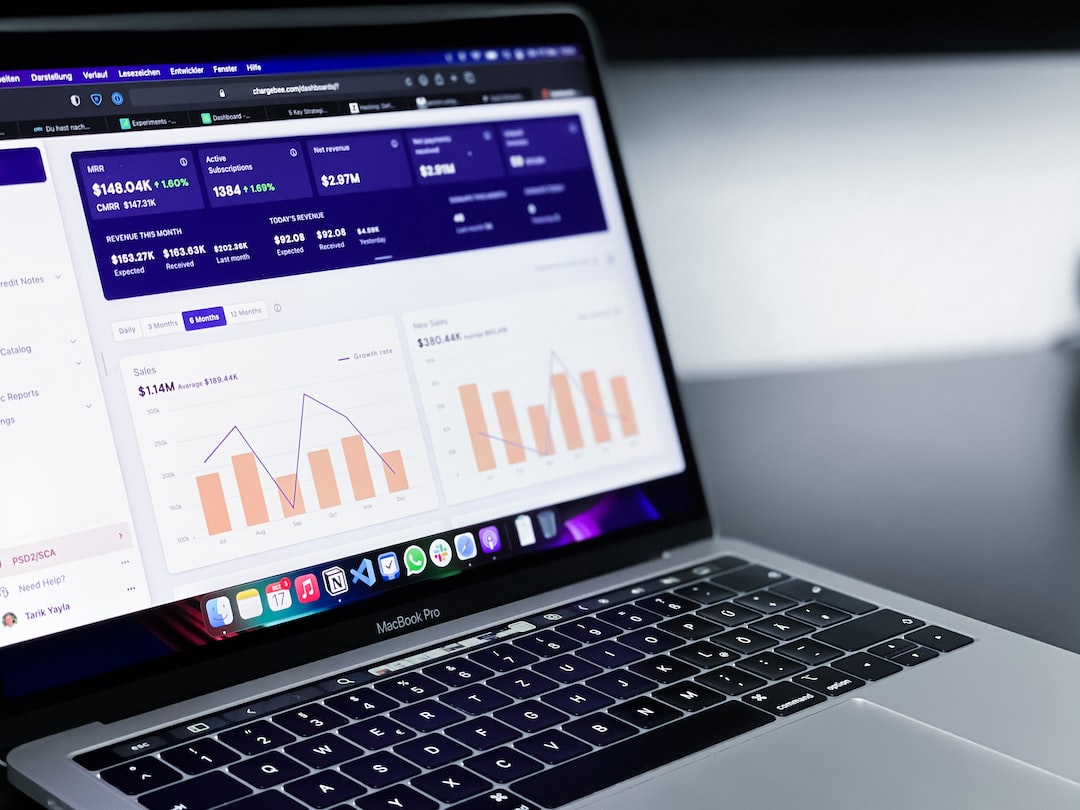Strategies for Effective A/B Testing: Optimizing Your Marketing Campaigns
A/B testing, also known as split testing, is a powerful technique used by marketers to optimize campaigns and improve results. By comparing two versions of a webpage, email, or advertisement, marketers can identify which approach produces better results and make data-driven decisions to improve their overall marketing strategy.
Implementing an effective A/B testing strategy can yield significant benefits for your marketing campaigns. It allows you to understand what resonates with your target audience, gain insights into their preferences, and optimize your campaigns for better conversions. In this blog post, we will discuss some strategies to help you conduct A/B testing effectively and improve the success of your marketing campaigns.
1. Define clear goals and metrics: Before starting any A/B test, it is crucial to define clear goals and the metrics you will use to measure success. Whether you want to increase click-through rates, improve conversions, or reduce bounce rates, establishing specific and measurable goals will help guide your testing process and ensure that you are focused on what matters most.
2. Test one variable at a time: To accurately pinpoint the impact of a specific change, it is essential to test only one variable at a time. This allows you to isolate the effects of that particular change and make data-driven conclusions. Whether you are testing different headlines, calls-to-action, or color schemes, testing one element at a time will provide more accurate insights into what works best for your audience.
3. Segment your audience: Different audience segments may respond differently to various changes. By segmenting your audience based on demographics, behaviors, or preferences, you can tailor your A/B tests to specific groups and gain valuable insights into their preferences. This way, you can create more personalized and targeted campaigns that resonate with each segment of your audience.
4. Collect a significant sample size: It is crucial to collect a significant sample size in your A/B tests to ensure reliable results. Running tests with a small sample size may lead to unreliable data, making it difficult to draw accurate conclusions. The larger the sample size, the more confident you can be in the results obtained, minimizing the effect of random variations and ensuring more reliable insights.
5. Monitor your tests over time: A/B testing is not a one-time thing; it requires continuous monitoring to gather sufficient data and draw meaningful conclusions. Monitoring tests over time allows you to see patterns, identify trends, and make informed decisions based on robust data. Conducting tests for an extended period and tracking results over time will help you understand the long-term impact of changes on your campaigns.
6. Stay consistent with your testing methodology: Consistency is crucial in A/B testing. Ensure that you follow a standardized methodology for all your tests to ensure accurate comparisons. Consistency allows you to eliminate confounding factors and reliably attribute changes in results to the tested variables. It is also important to document your testing methodology to maintain consistency in future tests and share insights with your team.
7. Analyze qualitative and quantitative data: While quantitative data provides numerical insights into your test results, qualitative data provides valuable context and user feedback. Combining both types of data can help you understand the reasoning behind the results and gain deeper insights into user preferences. Consider including surveys, user feedback, or usability testing to complement your A/B testing and get a comprehensive understanding of your audience’s preferences.
8. Iterate and optimize: A/B testing is an iterative process. Once you have gathered enough data, identified the winning version, and made necessary optimizations, the next step is to test new variables and continue optimizing your marketing campaigns. By continuously iterating and optimizing, you can refine your messaging, design, and user experience to achieve even better results over time.
In conclusion, A/B testing is a powerful tool that can significantly enhance your marketing campaigns. By defining clear goals, testing one variable at a time, segmenting your audience, collecting a significant sample size, monitoring your tests, staying consistent with your methodology, analyzing qualitative and quantitative data, and iterating for continuous improvement, you can optimize your marketing campaigns and achieve better results. So, start implementing these strategies in your A/B testing process and unleash the potential of data-driven decision-making in your marketing efforts.
